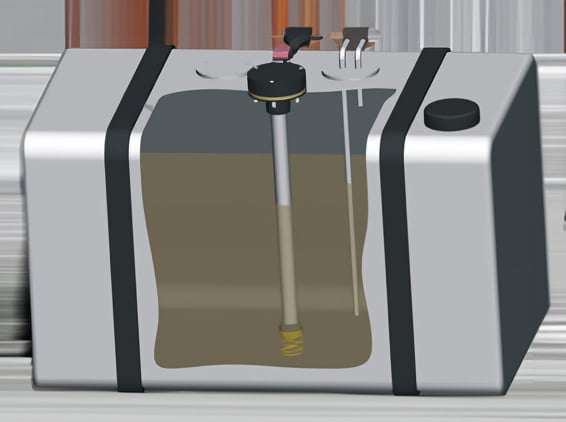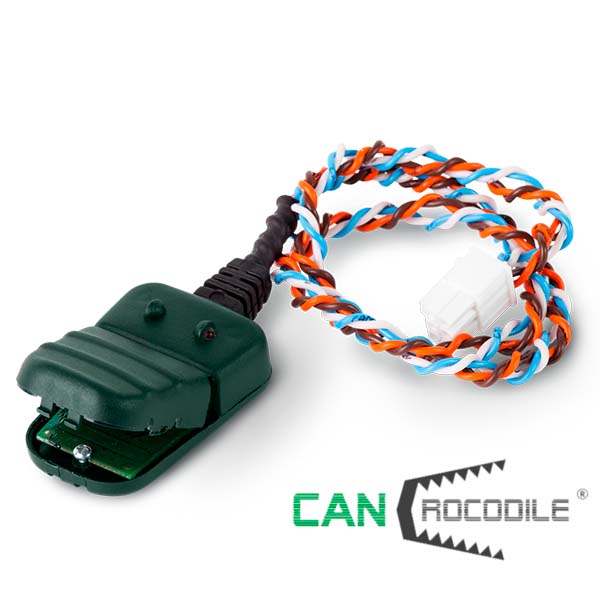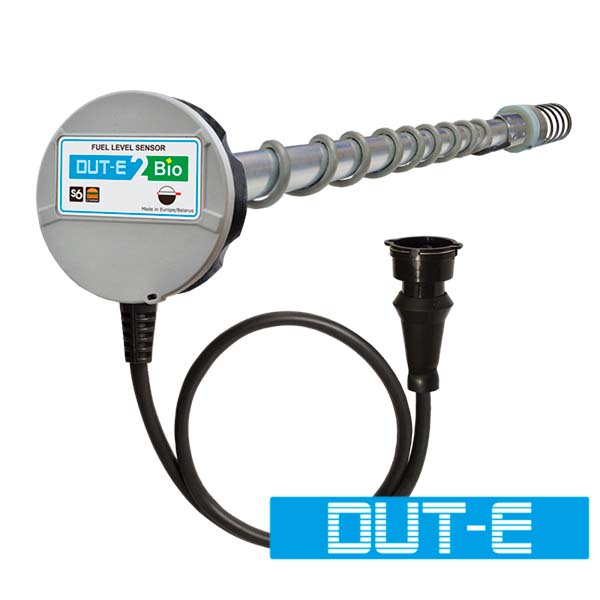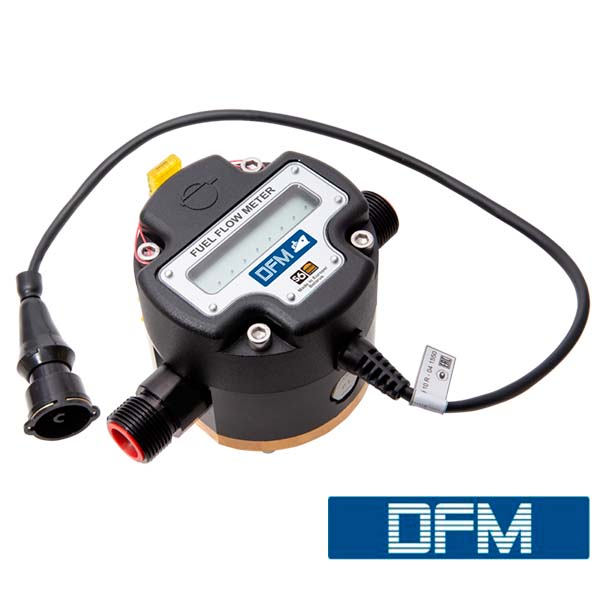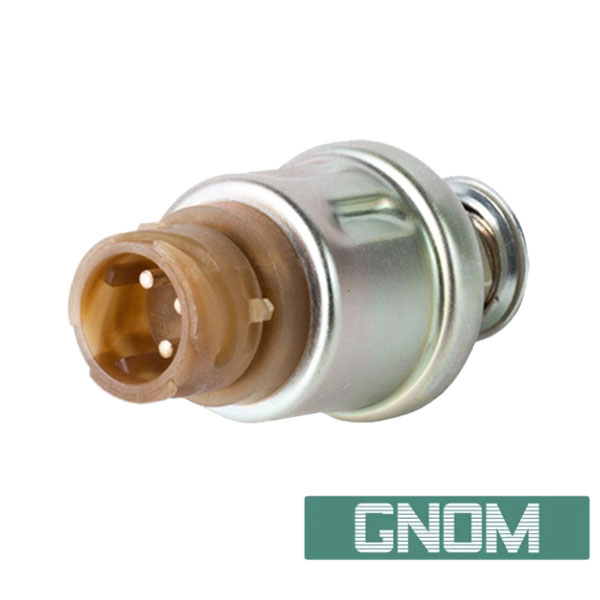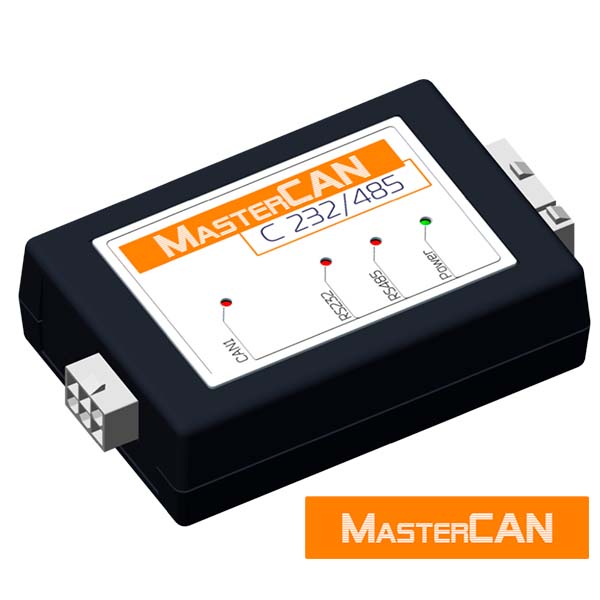In order to implement fuel control within GPS tracing solution, one can use 2 basic approaches: analyze info from the CANbus or use additional sensors. CANbus holds info from standard sensors, it easy to connect to it but info can be used only for general understanding of fuel usage on a vehicle, as inaccuracy can reach 10-15%. Special fuel sensors take more time for installation, but accrued data can be used for precise driver style analyzing, fuel theft prevention and as a reliable source of info for general fuel saving procedures.
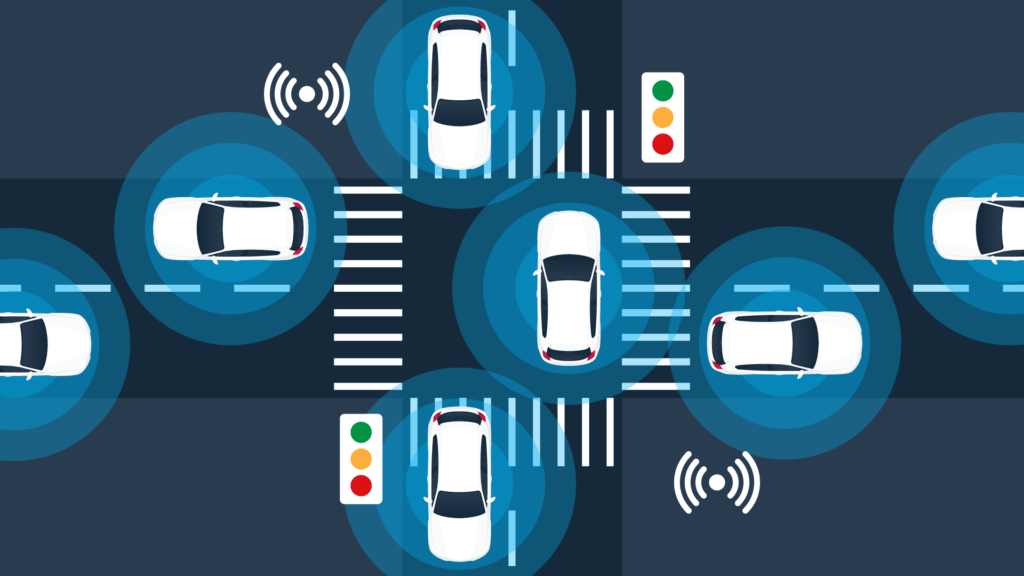
Such sensors can be divided into 2 main groups – fuel level sensors and fuel flow meters that use different principle but aim at similar tasks.
So, you have a tracking device. How to connect it with a sensor?
As every other electronic device, fuel sensors require free inputs to make a physical connection. What outputs sensors usually use?
- Analog output – simple correlation between output voltage and fuel level – like 1 to 10 Volt.
- Similarly – Current sensors
- Similarly – Frequency sensors
- Digital sensors, based on RS232 protocol or RS485 protocol – usually have more functions as they are able not only detect fuel level, but also analyze data: filter the signals (neglects small ups and downs), adjust itself to temperature variations, self-diagnostics, making data on fuel level more accurate and easy to work with. It also possible to connect several sensors to each other, extend or shorten the sensor without limitations.
- Most advanced sensors at the moment – with CAN output. They have all typical to digital sensors features, but can be connected to standard CAN line. So tracker connected to standard CANbus will also have very accurate info on fuel level from this sensor, without need for additional inputs, making the whole process easier.
- Usually build around measuring chamber, and each turn of metering mechanism inside sends pulse, that equals to volume of the chamber. Simple pulse counter is required on a tracker to make a connection.
- Newest flow meters are being developed with CAN output, for the same reason as CAN fuel level sensors – to make integration even easier.
After right sensor with right output is chosen, it is necessary to implement software part. Digital and CAN devices have their own protocols that have to be integrated into software. Normally, implementation takes just few days. Major tracker manufacturers usually already have such protocols implemented under bilateral agreements with manufacturers. In this case only will to try something new separates you from having precise fuel telematics within existing solution.
